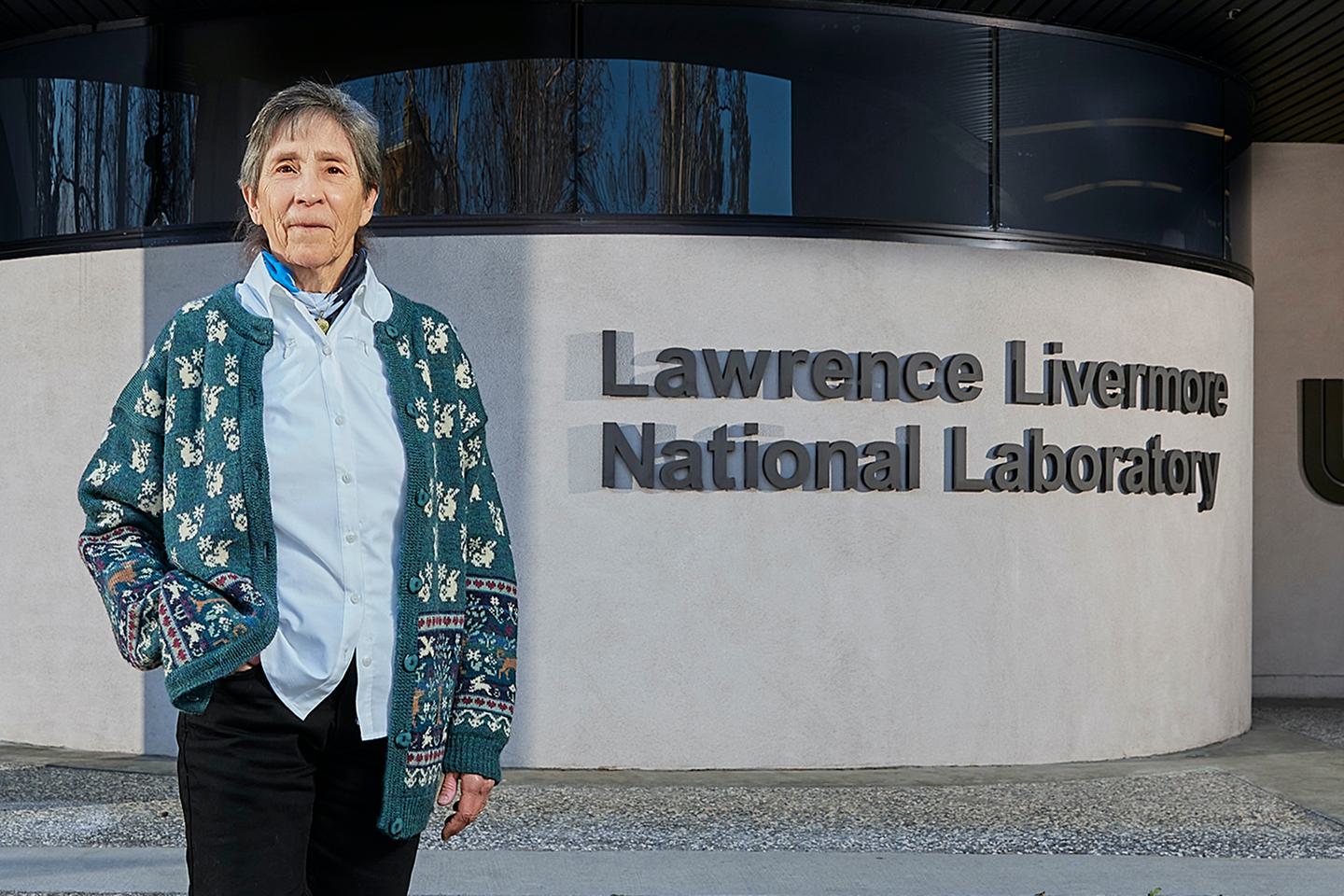For more than half a century, scientists and science fiction writers alike have dreamed of harnessing nuclear fusion to reproduce the process that powers our sun to create limitless, clean energy here on Earth. Last December, that dream became far closer to reality when scientists at Lawrence Livermore National Lab (LLNL) in California announced a breakthrough: They achieved, and even exceeded, the first-ever break-even nuclear fusion reaction, producing more energy from fusion than the laser energy used to drive it. In the process, 192 laser beams delivered about 2 million joules of energy to a tiny fuel pellet, resulting in about 3 million joules of fusion energy output.
Judy Harte ’68 has been there almost from the beginning. A computational physicist at Livermore, she has worked for the past 50 years helping to develop the code that scientists use to design, model, and understand fusion experiments. “I develop it, I debug it, and I help people use it,” she says. The original code she started on is still in use; today it runs more than half a million lines long and serves more than 70 users.
When Judy first started at the lab, nuclear fusion felt almost within reach. “We were going to solve the energy crisis,” she remembers. “We were designing power plants!” At first, Washington eagerly funded the research, but as the decades passed and progress was incremental, funding dried up. There were some very lean decades and many layoffs. The fusion program kept going only because the lasers involved were also useful for maintaining our confidence in the country’s weapons arsenal.
But Judy stayed on, and as the decades passed, researchers refined their experiments, benefiting from huge advances in laser technology—and improved computer modeling and much faster computers. Judy started out at Livermore when teletypes were new. Now LLNL is bringing up an exascale computer. “Exa” means a number with 18 zeros after it; exascale computers can conduct more than 1,000,000,000,000,000,000 floating point operations per second (FLOPS). The challenge is to actually achieve that incredible, theoretical speed in the physics simulation code.
This is an excerpt from a profile by Sarah Ligon ’03 that appears in the spring edition of “Wellesley” magazine. Read the full story on the magazine website.
